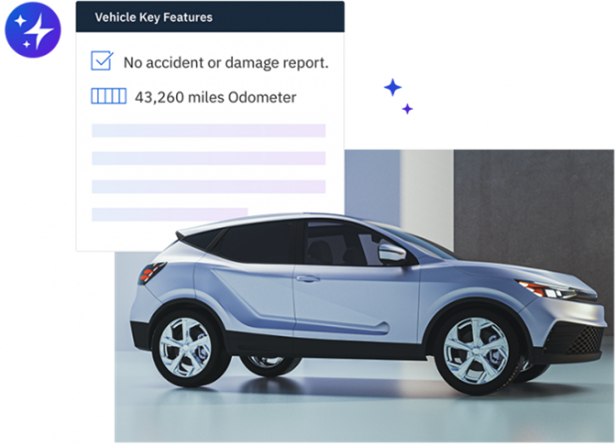3 Types of Data to Fuel the Fire

Article Highlights:
- How combining three types of data helps make more informed decisions.
- Leads with more data close 4.1x as often.
Predictive data is a hot topic. Companies like Target and Amazon are leading the charge to analyze customer behaviors and profiles to determine buying likelihood. What do they have in common? The fuel to their fire.
Solid predictive analytic engines are fueled by three types of data: demographic, behavioral, and transactional. They’re hot on their own, but when combined together, the results are like wildfire. With a single data point, you might know who is going to buy. If you add another, you’ll know what exactly they’ll buy. You’ll go from scoring customers here and there, to disrupting the buying cycle and retaining customers 4.1x as often[1].
Here’s a breakdown of what goes into each type of data and how they fuel predictive analytics engines:
- Demographic
This is defined as statistical information about a population, based on DMS or census data. These demographics create profiles based on characteristics such as age, gender, location, job, income, education, housing, and more.
- Behavioral
This makes up any action a customer has taken outside your dealership’s four walls, including vehicle title transfers and change of addresses.
- Transactional
This includes anything that has occurred inside your dealership. Buying or leasing a vehicle (and what the price was on the deal), financing rates, amount left on the loan, warranty information, and amount of service visits in a given period are all examples of transactions in the DMS or CRM.
Fueling the Fire
Customers behave like those they are around, so profile segmentation is present across all three. To make appropriate predictions on what a customer will do next, the engine groups customers into different profiles based on their demographics and similar customers. From there, it will analyze behavioral and transactional tendencies to leverage past decisions and predict what a customer will do next.
Here’s an example: Your customer moved to a new neighborhood. Everyone in this neighborhood drives a high-end SUV. Not only does this customer want to purchase a high-end SUV because everyone around her drives one, but she’s also likely to make the upgrade because of her move. This new neighborhood indicates a higher average salary, which leads to higher payment options.
Another example: A customer’s warranty has just expired. He entered outside the mileage parameters, so it’s the prime time to consider options. Or perhaps the customer buys the latest model every year, suggesting he is keen on maintaining a “premier” status. These factors are a major leg up for approaching a customer about upgrading their vehicle.
Thinking Forward
Your predictive analytics engine should be comprised of not one, not two, but three different types of data. Demographic, behavioral, and transactional data help make more informed predictions by leveraging the unique data points from one another to determine who is going to buy, what they’re going to buy, and when they’re going to buy it.
[1] Reynolds study
Related Articles:

The Future of Variable Ops with Experts at NADA 2025
Explore how AI is transforming variable operations in automotive retailing with insights from NADA 2025. Learn about efficiency, profitability, and fraud prevention from industry leaders.

Decision made regarding the Vehicle Shopping Rule – now what?
Check out five key takeaways from the Vehicle Shopping Rule to keep your dealership safe from FTC enforcement actions.

3 Ways AI Can Elevate Your Dealership’s Online Inventory
On average, Americans are exposed to between 4,000 and 10,000 advertisements every day. From commercials on TV to billboards on your way to work, all…

The Pizza Playbook – What Ordering Pizza Teaches Us About F&I
For as long as I can remember, my family had “pizza night” every week. Without fail, every Friday evening we’d all gather around the computer…















